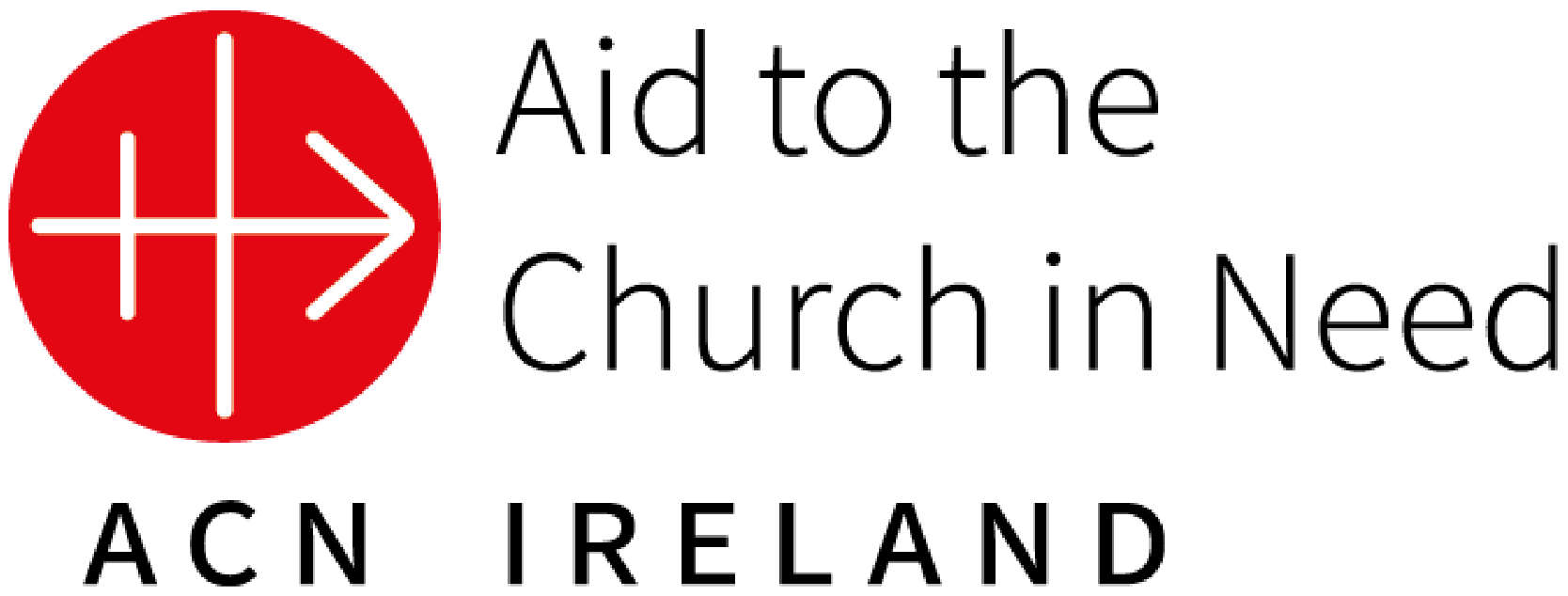Easter's True Meaning
Wendy reflects on how families can focus of Easter’s true meaning despite all the consumerism.
By Wendy Grace
It seems in recent years that Easter is in close competition with Christmas when it comes to over-commercialisation. From Easter wreaths, chicks, bunnies, hunts, and trains, it’s understandable that some people can be steered away from Easter's true meaning. So how do we engage our children with Easter's significance when the commercial side is so appealing and exciting to them? How do we make sure our children get more excited about the resurrection of our Lord than eating their weight in chocolate on Easter Sunday? How do we go beyond the bunny?
Maybe the answer is: Easter can be both. We don’t need to push aside these things in order to revel in the awesomeness of Jesus' life, death and resurrection, we just need to modify and embrace some of these modern traditions. Just like Christmas, there are secular traditions that have nothing to do with Easter - but that doesn’t mean we must not participate in them. For example, we do an Easter egg hunt each year around our house - but each clue contains a piece of the Easter Story or a message from the Bible. From painting resurrection eggs to creating a resurrection garden, we can constantly remind our children in creative ways of what Easter is about.
Just like you might do a Jesse Tree at Christmas, why not start an Easter Resurrection tree, each day hanging a different decoration that tells the Easter story. You could do a Passion Play in your house getting your children to participate in the various roles. You can keep it really simple and go to sites like SuperColoring.com who offer free Easter colouring printables, including the stations of the cross. For all the aforementioned ideas there are lots of free Christian Easter printables online that you can use and Pinterest has endless ideas on faith-based Easter crafts. There are also innovative ideas like The Happy Easter Egg which you can order for your Church that has a delicious easter egg but also a beautiful book containing the Easter Story.
Lots of us around Christmas focus on almsgiving, but this should be a central part of our faith always. So you can also make Easter Baskets for families in need. Easter is also a great time to witness to our faith, we make a big deal of Palm Sunday, the kids get excited about bringing back their palms from church and hanging them outside the front of our house - we keep the message simple - “Mommy why are we putting palms outside our house?” - I answer - "To show people that we are Catholic and we love Jesus very much".
Now for the hard part. Communicating the Easter Story to small children. How do we make it translate in a way that is age-appropriate? So how do we teach kids about Easter without scaring them? I’ve been trying to foster a real love for Jesus in our house - now I have to tell them he died a brutal death? Cue the tears. It's a tough one to navigate because it's full of highs and lows - the sadness and the elation. It's hard for us as adults to truly get our heads around so how can we help our kids to begin to fathom this reality that changed history forever. There are lots of great children's stories that you can read around Easter Time that will help you do this. Books like “God Gave Us Easter” and “The Very First Easter” are great resources. Colourful and engaging cartoons like Brother Francis also have content that translates the Easter Story for children.
Of course, most importantly, attend Mass together as a family, but perhaps make a special effort to prepare your children for the Easter liturgy, familiarise yourself with the readings of the day and talk to your children before the mass about what it signifies. One of the best things we can do with our family during the Easter season is to be witnesses to our faith. This starts with the mark of our faith with ashes on Ash Wednesday and culminates with the joy we should radiate on Easter Sunday when the Lord has risen.

